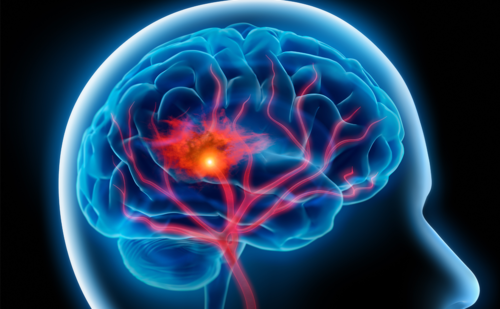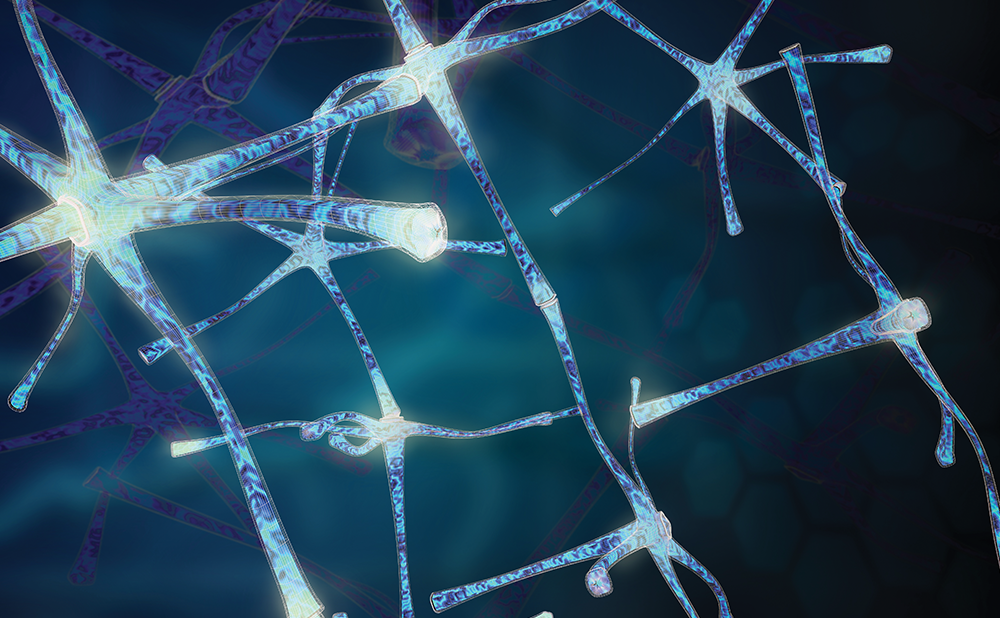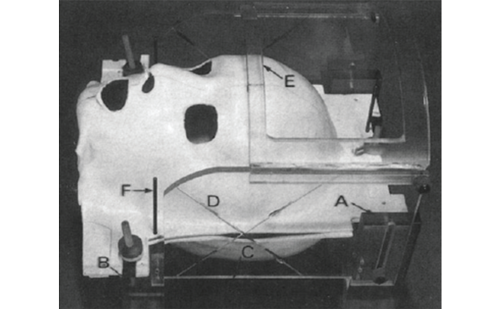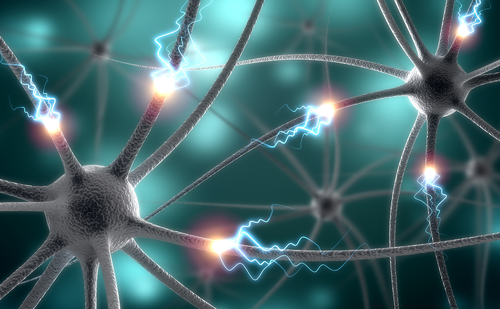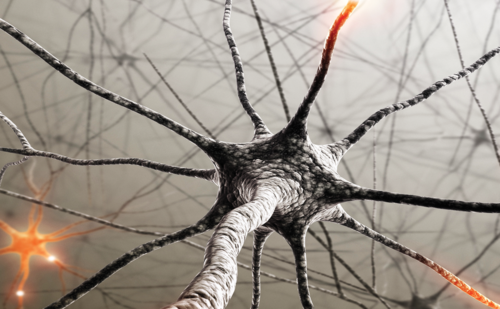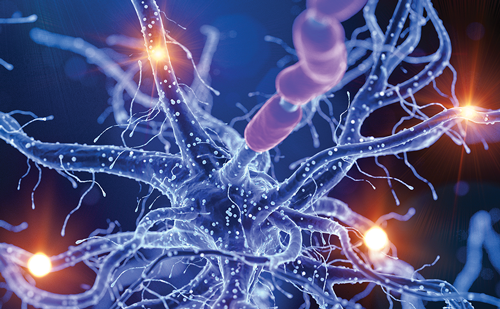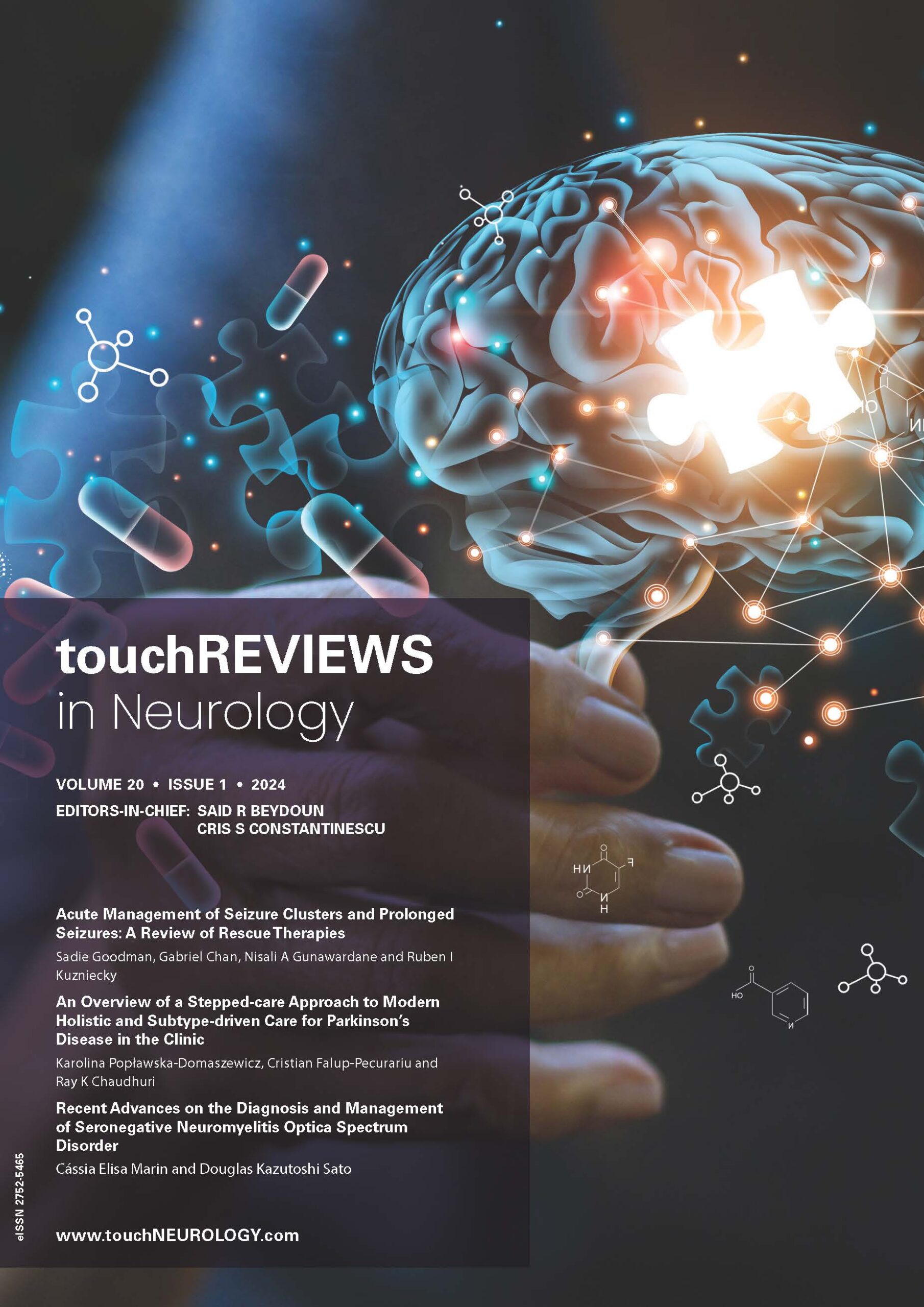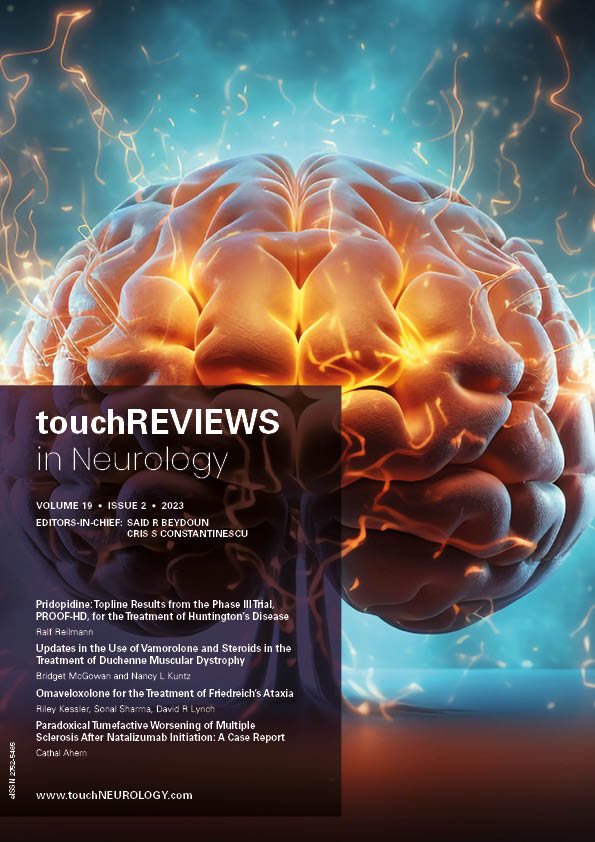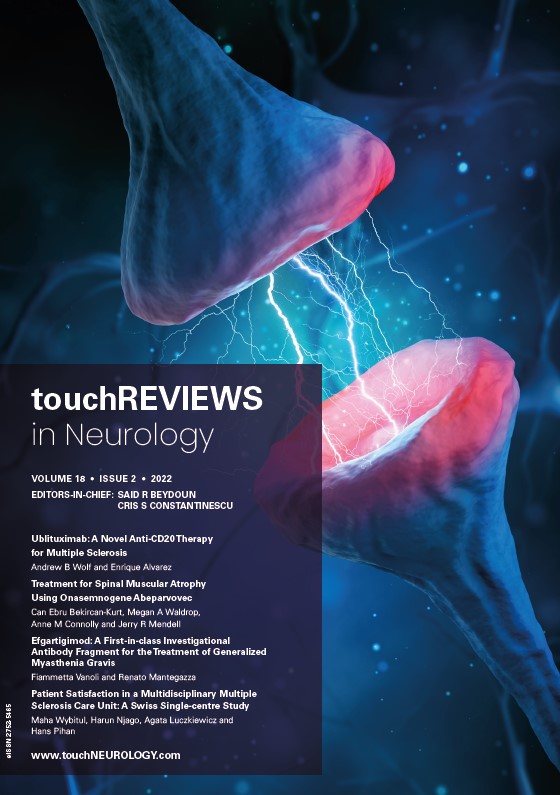touchREVIEWS in Neurology Volume 19, Issue 1, 2023
Foreword
Welcome to the latest edition of touchREVIEWS in Neurology, featuring a range of interviews, reviews and reports on some of the key recent developments in neurological disease. We open with three expert interviews with key members of the pan-European organisation, Alzheimer Europe on the topic of care for people with dementia. In the first, Owen […]
Expert Interviews
In an expert interview, Owen Miller, Policy Officer at Alzheimer Europe, Luxembourg, discusses the Dementia in Europe Yearbook 2022: Employment and Related Social Protection for People with Dementia and their Carers (henceforth, the Yearbook).1 The Yearbook is a report that provides an overview of the challenges and opportunities that people with dementia and their caregivers face in Europe. It is published by […]
The report entitled “Sex, gender and sexuality in the context of dementia: A guide to raise awareness amongst health and social care workers“ is a guide published by Alzheimer Europe that offers practical advice to health and social care workers on how to address issues related to sex, gender and sexuality in the context of dementia.1 The guide […]
The Guidelines for the ethical and inclusive communication about portrayal of dementia and people with dementia were published by Alzheimer Europe and the European Working Group of People with Dementia (EWGPWD).1,2 The document provides guidance on how to communicate about dementia and people living with dementia ethically and inclusively. The guidelines emphasize the importance of respecting the rights and dignity of individuals with dementia and of avoiding stigmatizing […]
Practice Pearl
In modern medicine, the concept of wellness is accompanied by many misconceptions. Adopting wellness as a treatment approach has been well defined and implemented in cardiovascular disease, diabetes and some types of cancer management but has not yet been widely applied to neurologic diseases.1–5 The commercialization of the wellness industry has led to the misconception of wellness as expensive and only accessible to a niche population […]
Commentary
After so many failures, we finally got the positive signal that we have been waiting for: a disease-modifying treatment that might work for Alzheimer’s disease (AD). On 6 January 2023, lecanemab, a humanized immunoglobulin G1 version of a mouse monoclonal antibody that selectively binds to large, soluble amyloid-beta (Aβ) protofibrils, was approved by the US […]
Reviews
The novel severe acute respiratory syndrome coronavirus 2 has caused a worldwide pandemic, and its impact on healthcare systems around the world is still being investigated. The potential effect of coronavirus disease 2019 (COVID-19) on people living with dementia and the ability of COVID-19 to precipitate the risk of developing dementia are particular areas of concern. This article provides an overview of the current understanding of the impact […]
Gastroesophageal reflux disease (GERD) is a chronic condition affecting over 750 million people globally.1 The disease causes acid from the stomach to reflux into the oesophagus, leading to epigastric discomfort, cough, sore throat and chest pain.1 Left untreated, this disease can lead to oesophagitis, gastritis, oesophageal metaplasia, gastrointestinal ulcers, strictures and bleeding.2 For mild cases of acid disorders, […]
Intracranial radiosurgery, no matter the means or methods of administration, is predicated on a core set of principles, including head immobilization and precise delineation of the treatment target. For some five decades after Leksell introduced the concept of stereotactic radiosurgery in 1951,1 rigid head fixation via an invasive device was an integral component towards these ends. […]
Acute disseminated encephalomyelitis (ADEM), first characterized in 1931,1 is a non-specific clinical syndrome of polyfocal central nervous system (CNS) inflammatory demyelination; it is characterized by encephalopathy and large, poorly demarcated cerebral white matter lesions.2,3 Myelin oligodendrocyte glycoprotein (MOG) antibody-associated disease (MOGAD), a specific neuronal antibody-mediated disease that can often present as ADEM, was discovered only in the last decade.4 Both […]
Original Research
Opioid therapy has become a mainstay for the treatment of chronic pain, despite evidence that these medications may be ineffective and even unsafe in this patient population.1,2 In patients with chronic back pain, the use of first-line medications (non-steroidal anti-inflammatory drugs and acetaminophen) declined by 48% from 1999 to 2010; simultaneously, there was a 53% rise […]
Case Report
Highlights Limb–joint contractures may represent an important clinical clue of muscle dystrophies, as they limit the spectrum of the diagnosis assumptions. Limb–girdle muscular dystrophies phenotype can rarely be a clinical presentation of retractile myopathies, except for non-specific Achilles tendon tightness. Anti-PM/Scl antibody screening using line-blot assays and commercial antibody–panel testing is likely to detect false-positive antibodies. Dysferlinopathies, calpainopathy and facioscapulohumeral muscular dystrophy are the conditions most frequently confused […]

Trending Topic
Chronic inflammatory demyelinating polyradiculoneuropathy (CIDP) is a rare, autoimmune neurological disorder in which peripheral nerve demyelination typically results in weakness, impaired limb sensation, fatigue and pain.1–4 CIDP may adversely affect activities of daily living, with a substantial impact on functional ability and psychological well-being.2–6 Primary treatment goals are reducing symptoms, improving functional status and maintaining long-term remission.7 The […]
Journal Archive
touchREVIEWS in Neurology is a peer-reviewed, free-to-access, bi-annual neurology journal comprising review articles, case reports, practice guides, theoretical discussions, and original research. It features balanced and comprehensive articles written by leading authorities, addressing the most important and salient developments in the field of neurology.
Latest articles videos and clinical updates - straight to your inbox
Log into your Touch Account
Earn and track your CME credits on the go, save articles for later, and follow the latest congress coverage.
Register now for FREE Access
Register for free to hear about the latest expert-led education, peer-reviewed articles, conference highlights, and innovative CME activities.
Sign up with an Email
Or use a Social Account.
This Functionality is for
Members Only
Explore the latest in medical education and stay current in your field. Create a free account to track your learning.








